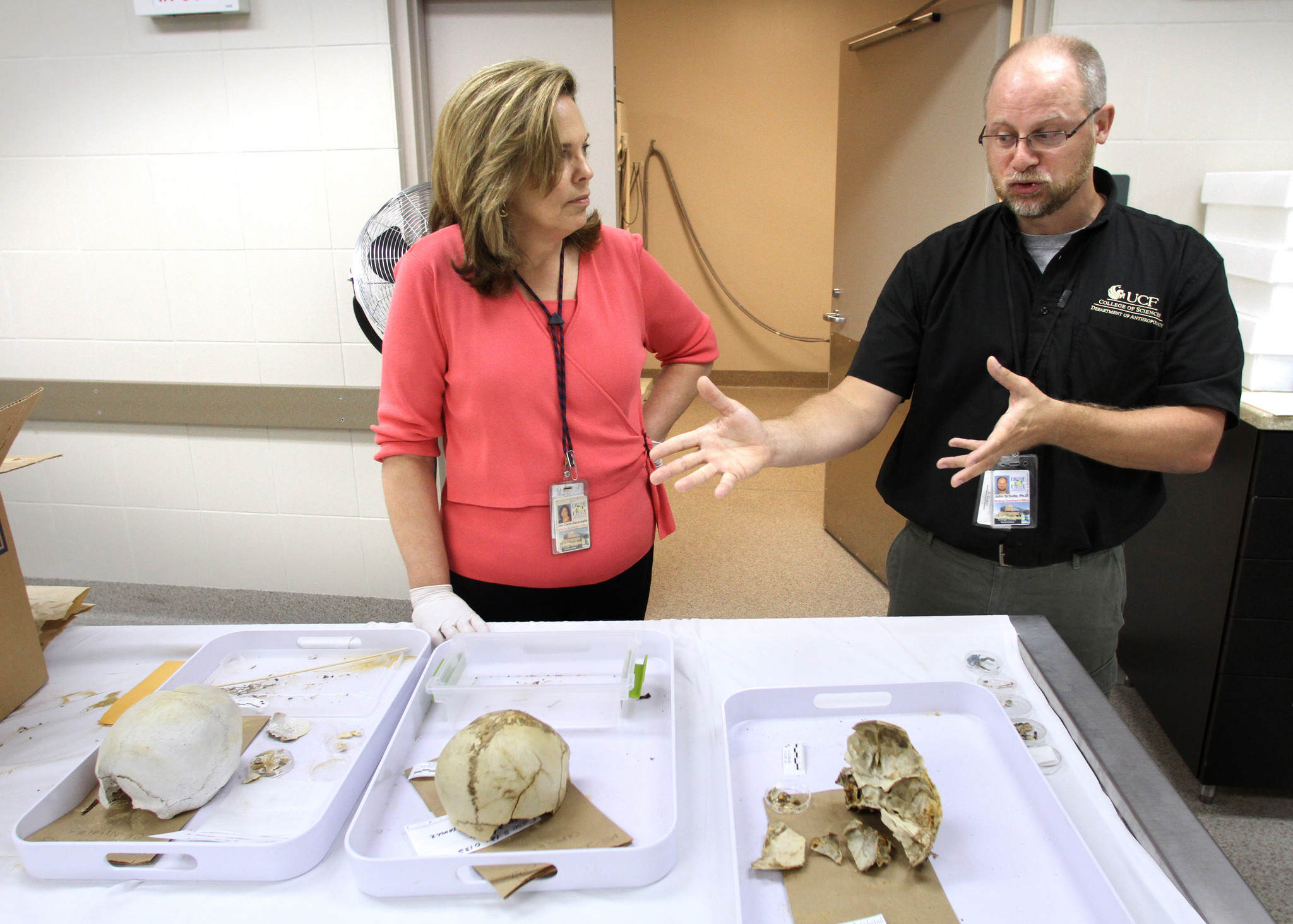Japanese researchers discover remains of what appears to be 4,800-year-old temple in Peru
CHANCAY, Peru–Japanese researchers said they have discovered–with
the unintended help of looters–what appears to be a temple ruins at
least 4,800 years old that could be one of the oldest in the Americas.
The temple is believed to have been built before or around 2600 BC
when Peru’s oldest known city, Caral, was created, the researchers said.
The ruins were found in the ruins of Shicras located in the Chancay
Valley about 100 kilometers north of Lima. The team started full-
scale excavation work on Monday.
There are two 10-meter-high pyramid-shaped structures made of stone,
running north to south for about 50 meters and east to west for about
30 meters, according to Tetsuya Inamura, professor of cultural
anthropology at Aichi Prefectural University who is part of the
excavation team.
Experts said they hope the discovery will shed light on the origins
of ancient civilizations of Latin America.
“It can be regarded as a structure built using organized labor,”
Taiken Kato, professor of cultural anthropology at Saitama
University, said.
“If the excavation could confirm urban developments in a wide range
of coastal areas in Peru, it would contribute to unraveling the
formation of the Andes civilization.”
In August last year, Hiroshi Sakane, chief curator of the Lima-based
Museo Amano, and Masami Fujisawa, professor of seismic engineering at
the Tsukuba University of Technology, found the ruins in a 4-meter-
wide, 8-meter-deep pit apparently made by looters.
The Amano museum was established by Yoshitaro Amano who spent his
life collecting artifacts of the Chancay culture.
When the two researchers looked into a section of the pit, they found
reed bags filled with stones and pebbles that were used as
reinforcing material, scrapings of charcoal and fibers, and other items.
The researchers said the ruins were likely part of a religious
facility, possibly a temple, because of the complicated construction
method used and the traces of fire apparently used in rituals.
Radiocarbon dating showed the reinforcing materials and scrapings of
charcoal and fibers were at least 4,800 years old.
There are also indications that the structure underwent
reconstruction work seven or eight times at the same place.
A team of experts comprising Japanese experts on archeology, cultural
anthropology, seismic engineering and other fields, as well as a
Peruvian archeologist from the Amano museum, was granted permission
to excavate the site from the Peruvian government.
The past 10 years have yielded some remarkable findings at the
archeological site in Caral, about 150 km north of the ruins,
including a temple at least 30 meters tall built with gigantic
stones, as well as a group of at least 30 large buildings. (IHT/
Asahi: June 20,2006)

